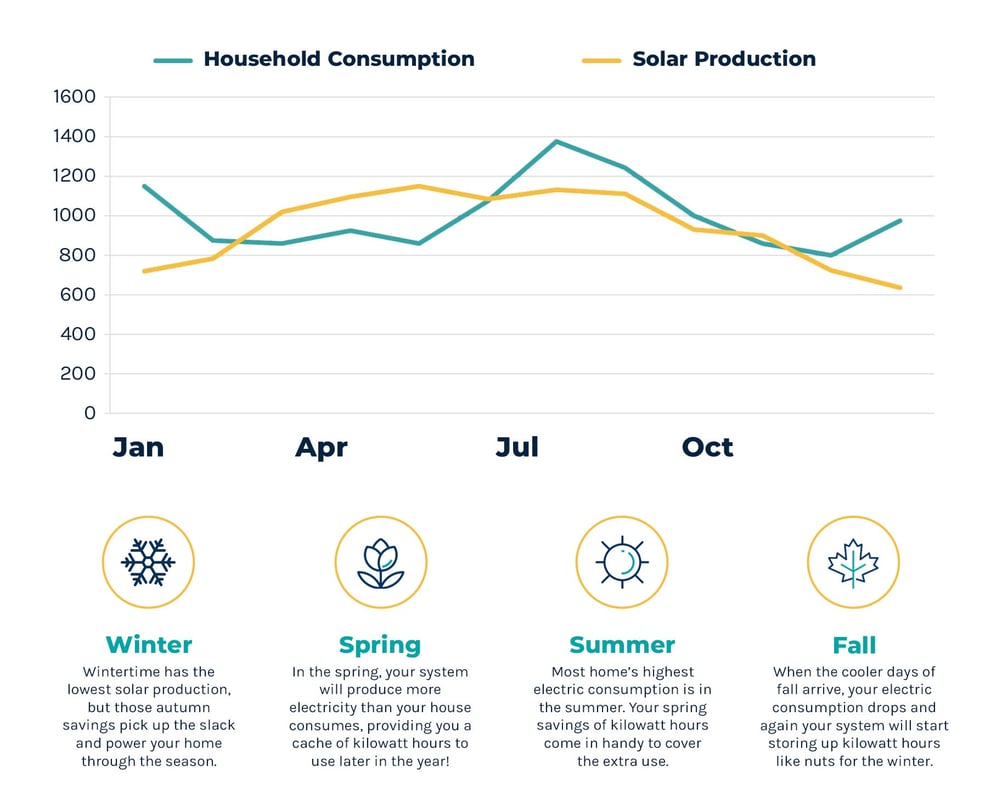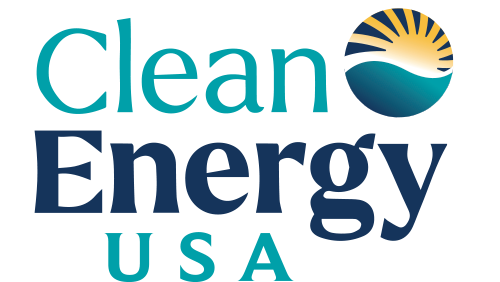
Finding the Right Sized Solar Panel System for Your Home
Solar panel systems are a proven, reliable technology that offers long-term performance, little maintenance, and constant energy savings. The latest solar panel and photovoltaic (PV) systems are less expensive, easier to install and operate, and more efficient than ever before—as such, it’s crucial to know how to size your solar power system in order to maximize the benefits.
Energy Usage & Roof Space
One of the most important factors in designing a residential solar array comes down to power usage. Let’s first define a few key terms. A watt is a unit used to measure the transfer of energy. Then there’s the kilowatt, which is how electric companies measure the amount of electricity you use. A kilowatt-hour (kWh) is a unit of energy equal to one kilowatt (kW) of power sustained for one hour. One kilowatt-hour is equal to 1,000 watts for one hour.
In terms of your system size, it’s the size of your panel, multiplied by the number of panels. This gives you a kilowatt-hour size of your system. For a 10-panel system, if it’s a 365 watt panel, it’s a 3,650-watt system or 3.65 kilowatts. Typically, most systems are going to be in the range of 20-24 panels.
A home that uses gas heat is usually going to average about 10,000 to 12,000 kilowatt-hours a year. Meanwhile, any home that uses an entirely electric heating system is likely going to double that figure.
The main goal of installing a PV system is to offset the cost of your electricity needs with the abundant energy of the sun. One variable that figures prominently into the amount of solar energy you can get and size of your array is the direction your home faces. While solar can work no matter which direction your house faces, it performs optimally on east-, south-, and west-facing roof planes.
The horizontal orientation of your panels, in relation to the equator, is called the azimuth angle. Solar panels work best when they face directly into the sun. But that task is complicated by the fact that the sun moves across the sky throughout the day. It also changes angle in the sky as the seasons change. For best results, your solar panels should face toward the equator. If you live in the Northern Hemisphere, face them south. If you live in the Southern Hemisphere, face them north.
Specifically, you should point your panels toward true south as opposed to the reading on your compass, which is magnetic south. Keep in mind that correctly orienting your solar panels is not something you need to worry about—we’ll take care of that.
How To Size A Solar Power System
Figuring out how many solar panels you need or how much solar energy you require is not actually all that complicated. You could estimate your annual energy usage simply by taking the time to perform a basic review of your energy bills.
Your electric bill shows the last 12 months of your energy usage history. Add those 12 figures together, divide by 12 and you get your average monthly usage. There’s no need to comb through months upon months of energy bills—it’s all right there on your most recent electric bill.
A Note On Net Metering
One of the major misconceptions surrounding solar energy is that people think they’re selling energy back to the grid. That isn’t the case. It’s really all about building up credits—and that is called net metering.
When you have net metering, your utility company gives you a credit for the electricity that you send back into the grid. During some months it’s possible you might show a negative electricity usage on your bill, which translates to your solar panels generating more electricity than your house used. This can be common in the springtime, when the sun is shining but you likely aren’t yet running your air conditioners or central cooling system.
When you generate more electricity that you use, you get a credit on your electricity usage—sometimes listed as “New Cumulative Credit”—and this credit is carried forward to your next bill.

Takeaway
Clean Energy USA can do much of the calculations for you. We firmly believe that everyone can benefit from having solar panels installed on their home. Maximizing your solar savings is our job. Connect with us today and we’ll get you on the path to eliminating your monthly electricity bill.
